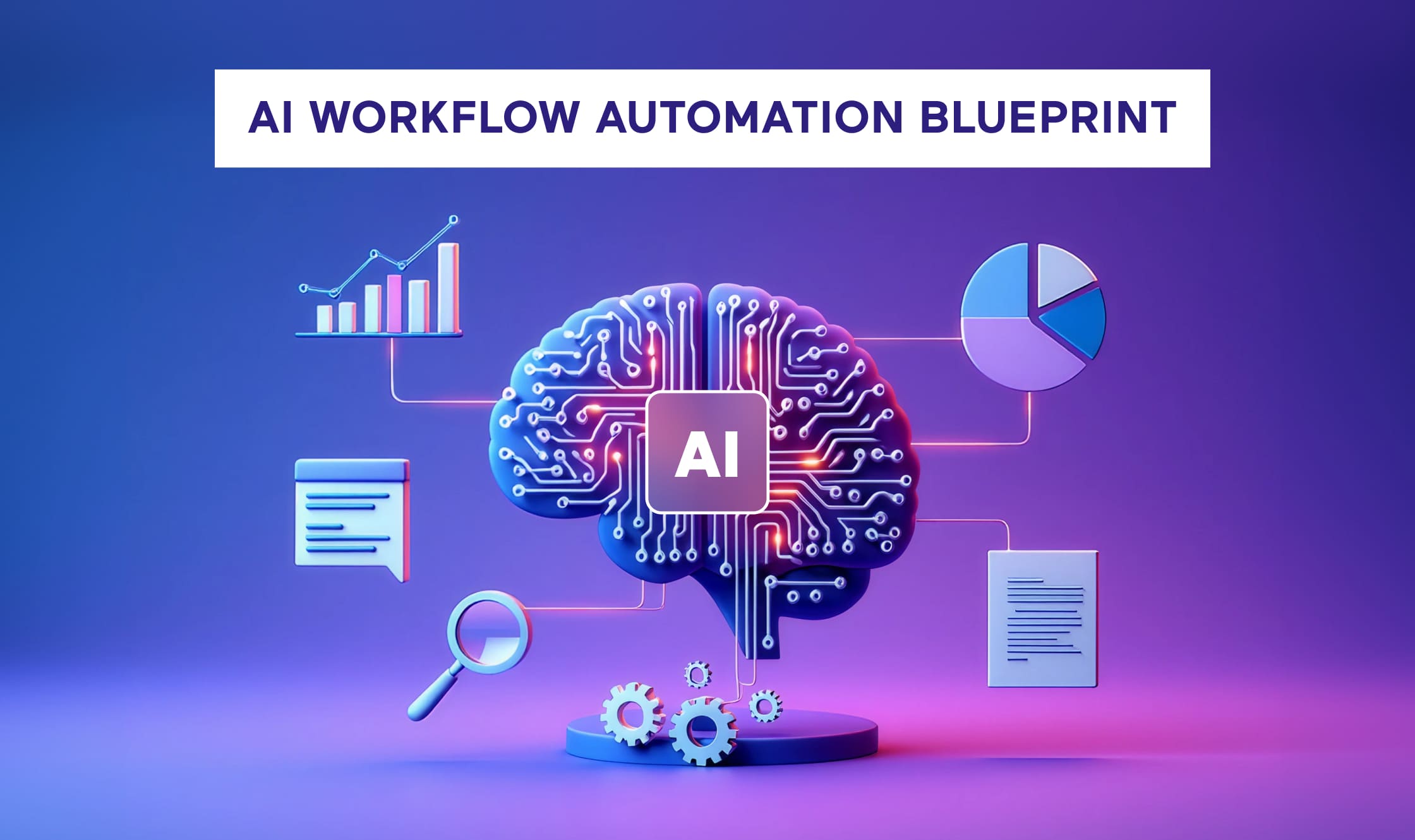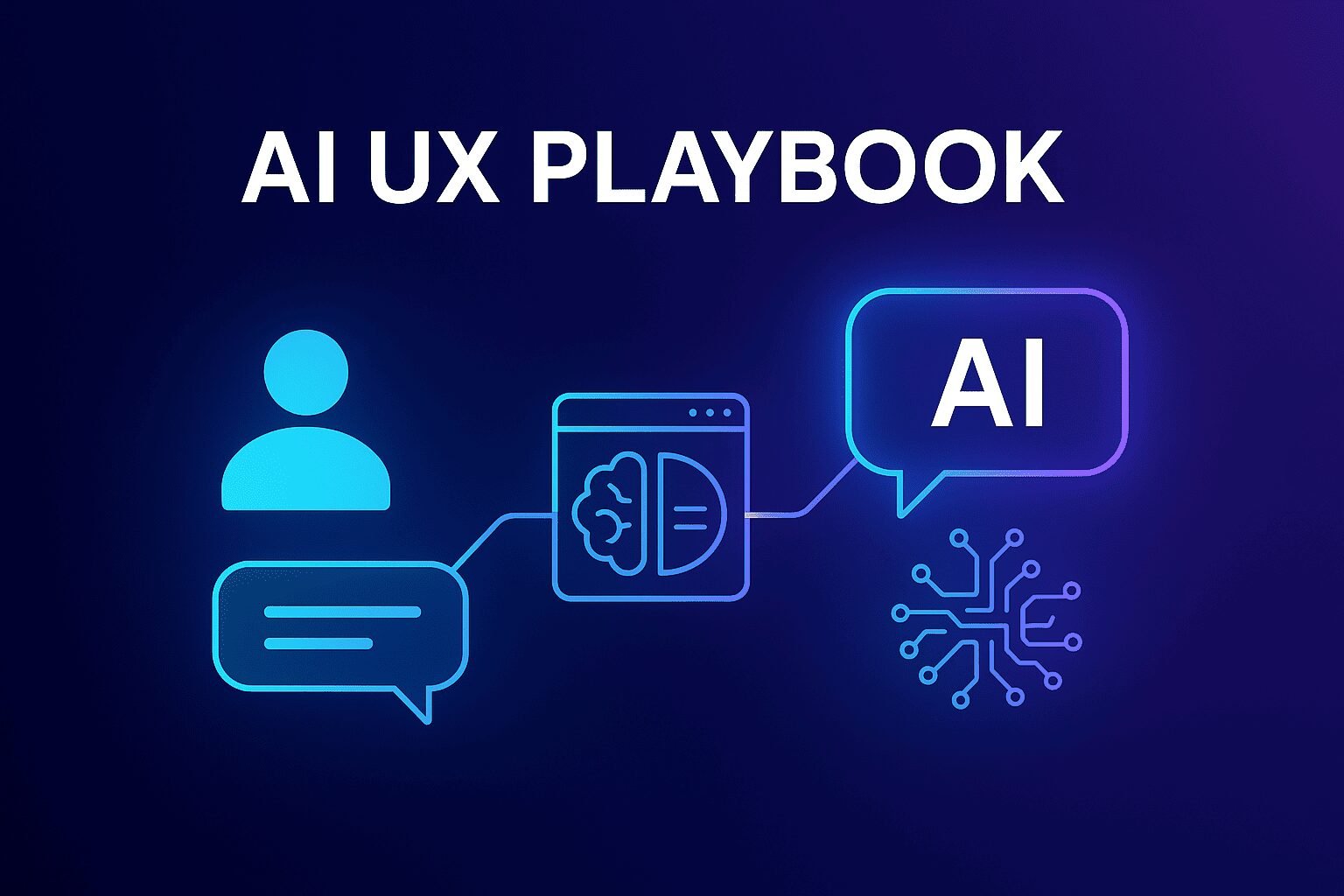AI collaborative knowledge systems are transforming how businesses manage and utilize data. By leveraging knowledge management with AI and intelligent agent frameworks, companies can enhance decision-making and efficiency.
The future of collaborative platforms lies in tools that transform raw, unstructured data into actionable knowledge. Whether managing investment records, financial data, or workflow automation, building intelligent systems requires leveraging modern AI agents, dynamic data flows, and knowledge graphs. Products like Wippy.ai empower businesses to organize, analyze, and automate these processes efficiently, enabling smarter decisions.
In this post, we explore how AI frameworks can create collaborative platforms capable of data structuring, semantic processing, and knowledge graph development, using specific examples. We’ll discuss:
- Data transformation into structured formats
- Dynamic knowledge graphs
- Permission management and collaboration
- AI-assisted agents for automation and scaling
- Real-world workflows showcasing these capabilities

1. From Unstructured Data to Structured Insights
Core Concept: AI agents help ingest unstructured files—Excel spreadsheets, PDFs, presentations, word documents—into structured data containers, known as Records.
Example Workflow:
- Upload financial statements in spreadsheets.
- Process the uploaded sheet into granular worksheets—each holding tabular data like revenue streams or expenses.
- Use AI-driven semantic processing to auto-generate descriptions and keywords, enhancing searchability and contextual relevance.
Practical Application:
- Create dynamic to-do lists, client trackers, or diligence checklists.
- Automatic updates ensure downstream records (like dashboards) reflect source data changes.
- For instance, a “Q4 Financial Dashboard” relies on a central worksheet for cascading updates, maintaining consistency without manual intervention.
2. Knowledge Graphs for Complex Relationships
Modern data platforms no longer work in silos. They must reflect the interconnected nature of information. Here, knowledge graphs transform datasets into directed relationships, visualized as nodes and edges.
How It Works:
- Nodes: Atomic units of data called Records (e.g., financial reports, text sections, or dashboards).
- Edges: Links between records that define dependencies and update rules.
Example:
- A root record (“Annual Financial Report”) can link to derived records (“Q1 Revenue” or “Cost Breakdown”).
- AI agents create intelligent tag-based connections (fuzzy propagation) to link content dynamically: “Q1 Revenue” might tag all “Q1 Updates” or “Board Presentations.”
Benefits:
- Contextual Search: AI agents retrieve semantically relevant information across interconnected records.
Impact Propagation: When upstream data changes, AI ensures downstream records reflect updates or alert users for manual review.
3. Advanced Permission and Access Management
Collaboration platforms need robust access control. AI can streamline permission hierarchies while maintaining security.
Example:
- Upload sensitive investment data with default private permissions.
- Admins configure workspace-level permissions using Access Control Lists (ACLs).
- Records inherit permissions but allow overrides when needed.
- Features like cross-organization sharing enable secure collaboration with external partners.
4. AI Agents: Automating Repetitive Tasks
AI agents play a crucial role in automating repetitive tasks, freeing up human resources for more strategic activities. By integrating AI consulting for knowledge systems, businesses can scale processes efficiently. Tasks such as data entry, scheduling, and basic customer interactions are handled by AI, allowing employees to focus on more complex and creative work.
5. Semantic Search and Dynamic Content Discovery
AI enhances search capabilities by understanding context and semantics, allowing for dynamic content discovery. This feature is crucial for businesses looking to harness the full potential of their data. Semantic search enables users to find information quickly and accurately, improving efficiency and decision-making processes. By using AI to analyze content relationships, companies can uncover insights that were previously hidden in data silos:
- Find Content Contextually: Search “Q1 revenue” and retrieve all records tagged or related to Q1 financial insights.
- Discover Hidden Relationships: AI links content dynamically, suggesting connections like “board updates related to this revenue report.”
- Retrieve Summarized Insights: AI generates concise descriptions of records, helping users decide relevance quickly.
Practical Example:
- A user uploads a 200-page annual report. The system:
- Splits the content into sections as semantic records.
- Tags sections like “Revenue,” “Costs,” and “Market Analysis.”
- Enables search for terms like “Cost Analysis Q4” and retrieves both relevant sections and summaries.
This feature reduces manual search effort, enabling teams to focus on decision-making.
6. AI-Assisted Workflows: Scaling Processes
AI-assisted workflows enable businesses to scale processes without sacrificing quality or efficiency. By automating routine tasks, companies can focus on innovation and growth. AI tools streamline operations by managing workflow stages, monitoring progress, and providing real-time updates. This automation reduces bottlenecks and accelerates project timelines, allowing businesses to adapt to changing market demands swiftly.
Use Cases:
- Dynamic Dashboards: Agents link worksheets to records and update visual components (e.g., graphs) whenever source data changes.
- Template-Based Automation: Users create templates for reports. Agents populate them with new data while maintaining format and structure.
- Real-Time Updates: AI agents trigger notifications, ensuring all team members are aware of significant changes or progress.
Example: For an investment firm tracking multiple portfolios:
- AI agents create real-time dashboards reflecting asset performance.
- Updates to source records automatically propagate to all reports, ensuring analysts work with the latest data.
- Agents notify users when a key performance indicator (KPI) breaches thresholds.
7. Dynamic Data Propagation and Versioning
Dynamic data propagation ensures that all dependent records stay consistent, while versioning allows for tracking changes and maintaining data integrity. AI systems automatically update related data points when changes occur, minimizing errors and ensuring accuracy across platforms. Versioning provides a historical record of data modifications, facilitating audits and compliance checks.
Key Features:
- Version Tracking: Each change to a worksheet or record generates a snapshot for rollback or audit purposes.
- Controlled Propagation: Users can choose between automatic updates or manual proposals when upstream data changes.
- Impact Analysis: AI highlights how changes affect downstream records and workflows.
Practical Scenario: A diligence report references a shared compliance checklist:
- AI propagates changes to related dashboards and notifications.
- Users can review and approve updates before they take effect.
- Version history ensures visibility into past changes for audits.
Conclusion
AI collaborative knowledge systems are revolutionizing how businesses handle data, providing tools to transform information into actionable insights. By leveraging intelligent agent frameworks, companies can enhance their decision-making processes and drive growth.
Tools like Wippy.ai are at the forefront of this transformation, enabling organizations to streamline processes, enhance collaboration, and drive smarter decisions. From transforming static spreadsheets into dynamic dashboards to automating compliance workflows, AI unlocks the full potential of organizational knowledge.
Whether you’re managing investment data, project workflows, or operational tasks, the future belongs to AI-first systems that empower teams to scale efficiently and work smarter, not harder.



